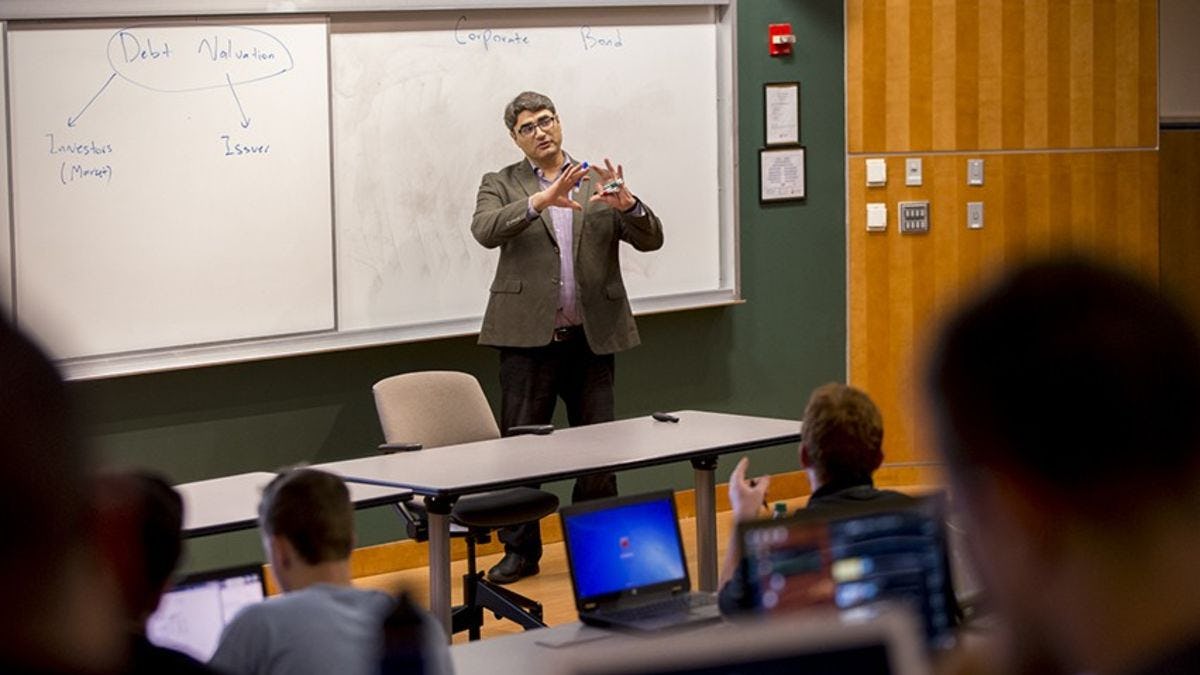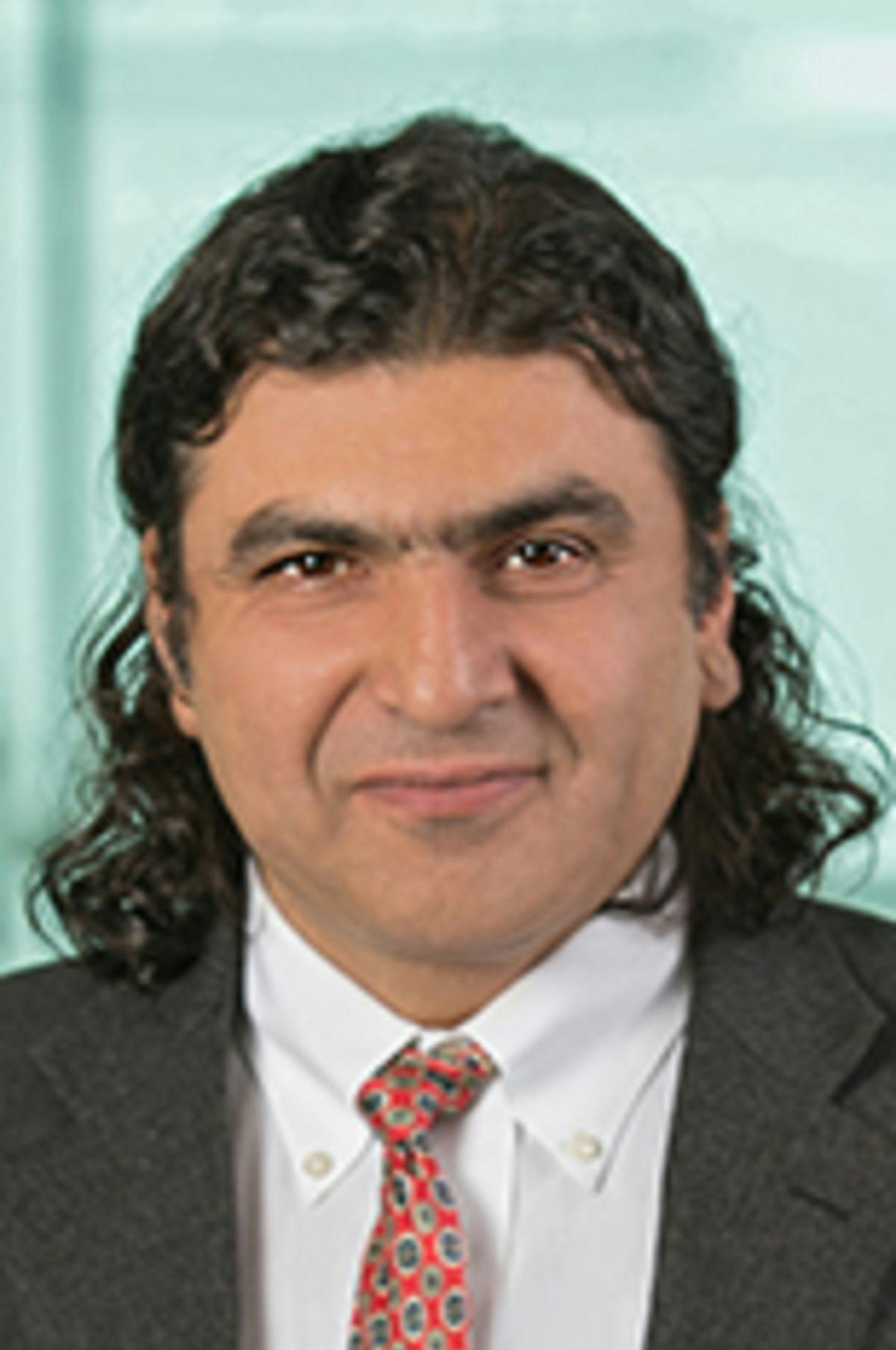When It Comes to Deductions, Holding the SALT Leaves a Bitter Taste in N.J., Researcher Finds
Stevens Professor’s Insights on Adjustable-Rate Mortgage in the Age of Trump Tax Cuts Draw Growing Interest
Every renter has tried to do the math to figure out if it makes more sense to buy a home, rather than continue to lease.
Few are as equipped to do so as Dr. Hamed Ghoddusi.
Dr. Ghoddusi, an assistant professor of finance at the School of Business, developed a model to explore the effectiveness of a mortgage as a tax shield amid uncertainty. And when he decided to buy the Hudson County home he’d been renting since coming to Stevens Institute of Technology six years ago, his calculations showed he’d come out ahead when comparing mortgage deductions against the high rent he was paying.
Then, Donald Trump signed the Tax Cuts and Jobs Act. Suddenly, SALT deductions were capped at $10,000 — extremely punishing in high-income, high-tax states like New Jersey — and Dr. Ghoddusi’s calculations went out the window.
“They say to write what you know,” Dr. Ghoddusi said, noting a paper on the topic — written with Mohamad Afkhami, a Ph.D. candidate at Stevens — has been accepted at the Journal of Economic Dynamics and Control. “In this case, maybe it was more like rewrite what you know.”
Coming change in home pricing
However, the rewrite has given this topic even more visibility, as homeowners, businesses and local governments assess the impact of the 2017 Tax Cuts and Jobs Act. Based on findings from his model, he expects home pricing and demand in high-income, high-tax places like New Jersey to fall, with a predictable impact on property tax collections.
The most unique component of the model is that it accounts for uncertainty — and, in fact, volatility may be a good thing for households as they prepare to file taxes. In one application of the model, Dr. Ghoddusi looked at the advantages of an adjustable-rate mortgage, or ARM, versus a fixed rate. ARM loans tend to offer a lower interest rate at the start of the mortgage; after a set period of time, the rate is recalculated based on the index the mortgage is tied to.
Conventional wisdom is that an ARM becomes more expensive when interest rates spike. But when those rates do go up, a homeowner is more likely to deduct those higher interest costs, turning them into tax savings — meaning the expected effective cost of an ARM is lower than a fixed-rate mortgage with an equal average interest rate, Dr. Ghoddusi said.
Dr. Ghoddusi’s model helps a borrower make the best mortgage decision by quantifying the expected value of mortgage interest deductions over the life of the loan. The model considers factors such as a fixed- or adjustable-rate loan, the term and local taxes in determining the total cost of the mortgage.
“I’m not aware of any other model that looks at the effect of uncertainty on the expected value of mortgage interest deductibility,” he said. “Volatility may not be bad for certain households that are near the standard deduction threshold.”
The role of uncertainty
Additionally, borrowers who can defer elective medical procedures or charitable giving, combining them into a single year, may be able to occasionally exceed the standard deduction, creating additional tax shielding.
While previous models haven’t accounted for uncertainty in mortgages, it’s no surprise that one would be developed at Stevens. Because the School of Business is home to a community of researchers exploring finance, statistical analysis and programming techniques, Stevens thought leadership regularly creates impact in the business world.
“At Stevens, I’m surrounded by people who are doing this related to modeling uncertainty, especially in our Financial Engineering, Finance and Business Intelligence & Analytics areas,” Dr. Ghoddusi said. “Having so many colleagues here who think in that framework is very helpful and makes it easier to identify areas of focus that can create impact.” In fact, the idea of rigorously proving ARM is more cost beneficial than a fixed-rate mortgage came from a challenge by Dr. Ionut Florescu, director of the graduate Financial Analytics program.
Dr. Ghoddusi already is working on future ideas for applications of his model. The most important one may be how the Trump tax cuts affect home pricing in different states, a topic the original paper touches on.
“Places like Texas or Florida, where there’s no income tax, you won’t see much of an effect, because homeowners take the standard deduction anyway,” he said. “But in places like New Jersey, New York and California, where local taxes are high, you’re now seeing the SALT deduction capped at $10,000. So there’s less financial incentive to buy a home in those places, meaning prices should drop.”
Dr. Ghoddusi previously lived in Austin, an energy hotbed, which is how he got his start in energy finance. But after relocating to the New York City area, he quickly realized if he wanted to do research that creates impact, a good place to look would be real estate.
The impact of his work has surprised even him on occasion, such as when he’s presented findings from his model to other researchers in the finance space.
“This kind of work always gets attention, because everyone is dealing with mortgages one way or another,” he said. “But now, as I get to the end of my seminars, I see all these disappointed faces of people who may not have considered the effect of the deductibles in the calculation of their effective cost of capital. And these are finance faculty who are sophisticated about this topic, so I know there’s a need for more understanding at the homebuyer level.”

